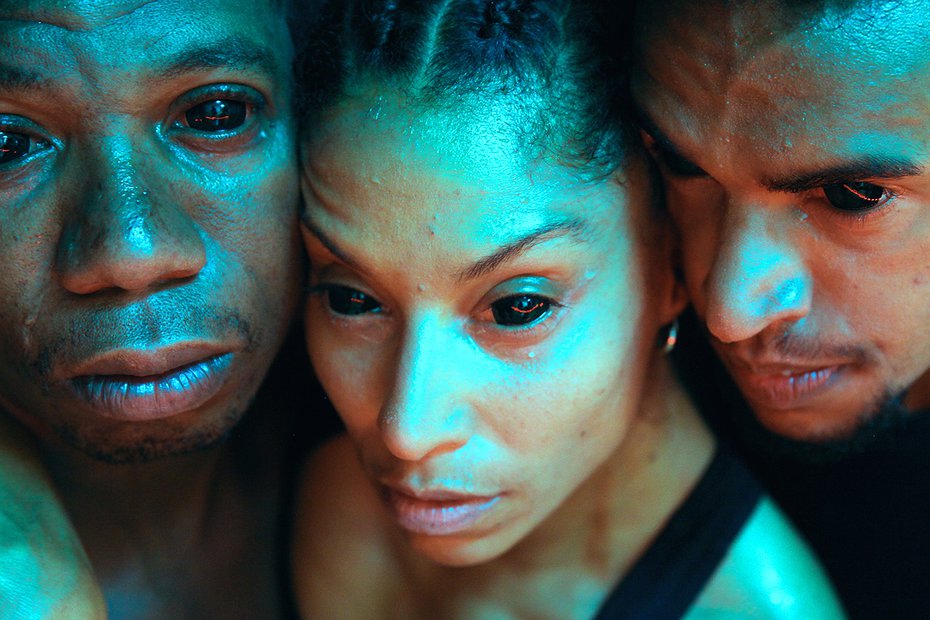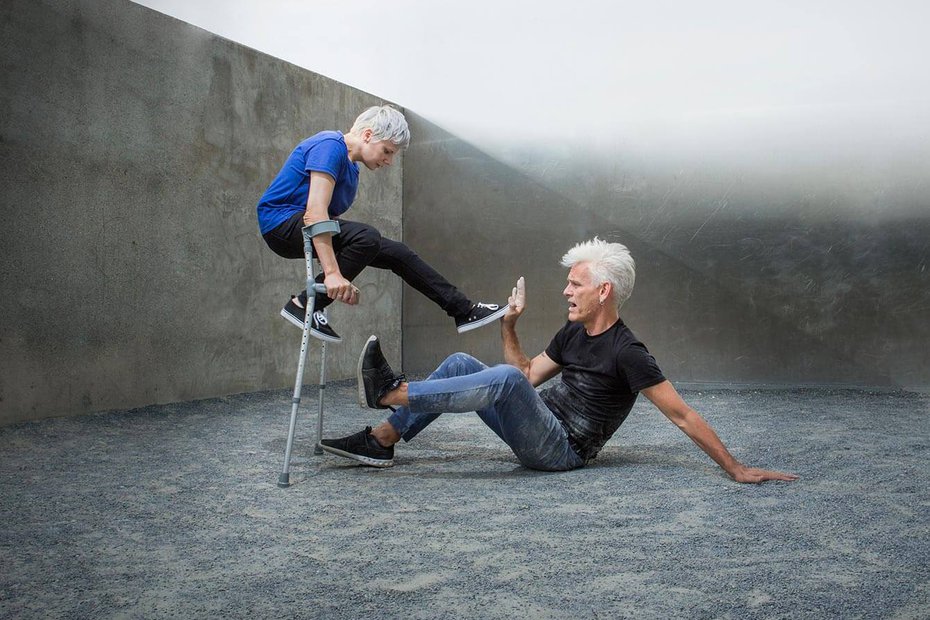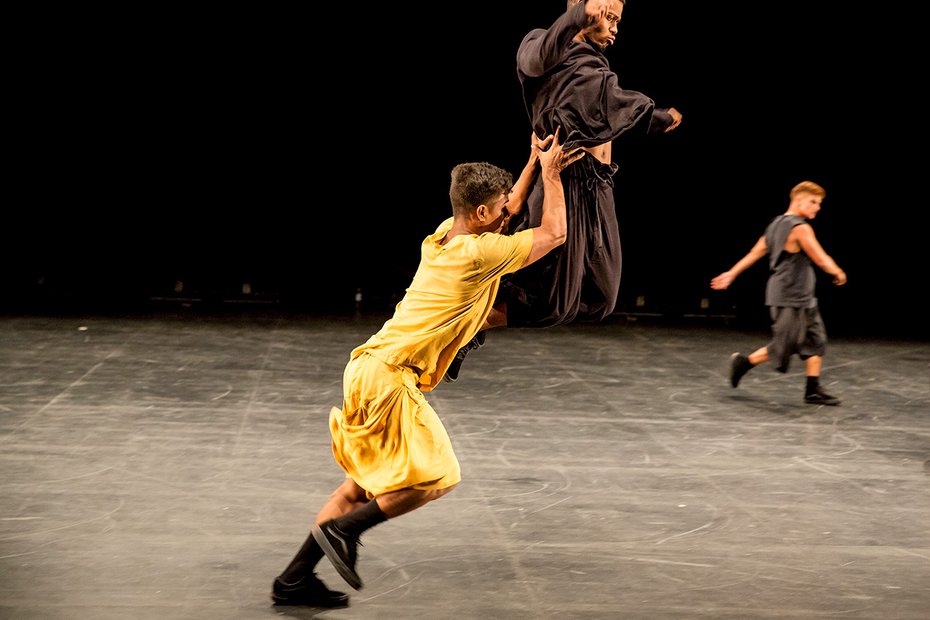Dance Platform 2018
March 14–18, 2018

Bullmannaue 20a
45327 Essen
Germany
tanzplattform2018@pact-zollverein.de
www.tanzplattform2018.de
Facebook / Instagram / Twitter
The most noteworthy positions in contemporary dance, choreography and performance: The Dance Platform 2018, organised by PACT Zollverein, will take place from March 14–18, 2018 in Essen and Gelsenkirchen.
Dance Platform
Initiated in 1990, the biennal Dance Platform constitutes the most important event on the contemporary dance calendar in Germany. For the 14th edition of the Dance Platform, an expert jury has selected 13 impulse-setting works created within the last two years. Alongside PACT Zollverein, the festival organiser and hub, venues include a range of former industrial spaces across the UNESCO World Heritage Site Zollverein, as well as the Aalto-Theater, in Essen, and the Musiktheater im Revier, in Gelsenkirchen. The programmedeveloped for Dance Platform 2018 offers a resonating space for the most pressing issues of our time. The featured productions all echo urgent questions and celebrate the emancipatory power of dance and choreography and the diversity of bodies and identities. They also stand for the many other choreographic works from the past two years that have examined aesthetic, social and existential concerns in Germany and invite a shift of perspective. Alongside the performances, the essence of the Dance Platform lies in interaction and mutual exchange. In the mornings the Assembly at the SANAA building will host debates on the social dimension of choreography and dance. The Artist Summit–initiated by the artists’ group HOOD–will reflect on current developments, work on new perspectives and hold discussions with thirty invited artists. Each night after the performances, the Late Night Studio Talk, filmed live, will offer an open forum for reflection, music and shared activities.

Artists
Claudia Bosse / theatercombinat, Boris Charmatz / Musée de la danse, Claire Cunningham / Jess Curtis, CocoonDance Company, DANCE ON ENSEMBLE / William Forsythe, Grupo De Rua / Bruno Beltrão, Eisa Jocson, Xavier Le Roy, Ligia Lewis, Eszter Salamon, Richard Siegal / Ballet of Difference, Sasha Waltz, Julian Warner & Oliver Zahn / HAUPTAKTION
PACT Zollverein
The Dance Platform is co-organised by the community of institutions who have hosted it in the past and who actively support the promotion of contemporary dance in Germany. As of 2018, this includes PACT Zollverein.
PACT Zollverein is an international venue for contemporary arts housed in the former colliery shower building at the UNESCO World Heritage Site Zollverein in Essen. PACT produces and co-produces new dance and performance works, regularly presents guest performances, runs an international residency programme as well as diverse exchange formats connecting regional and international artists and academics working in a wide array of disciplines. Since its foundation in 2002, PACT Zollverein has become a focal point for innovative developments in the fields of dance, performance, theatre, media and the visual arts at the interfaces between science, technology and society.
The complete programme, tickets and comprehensive information about the Dance Platform 2018 are available at www.tanzplattform2018.de.

